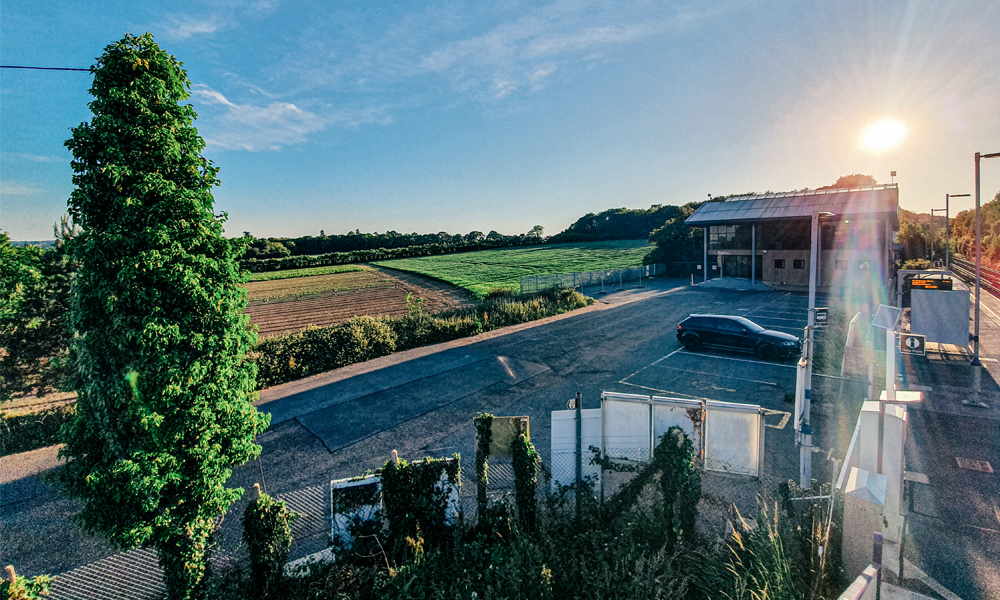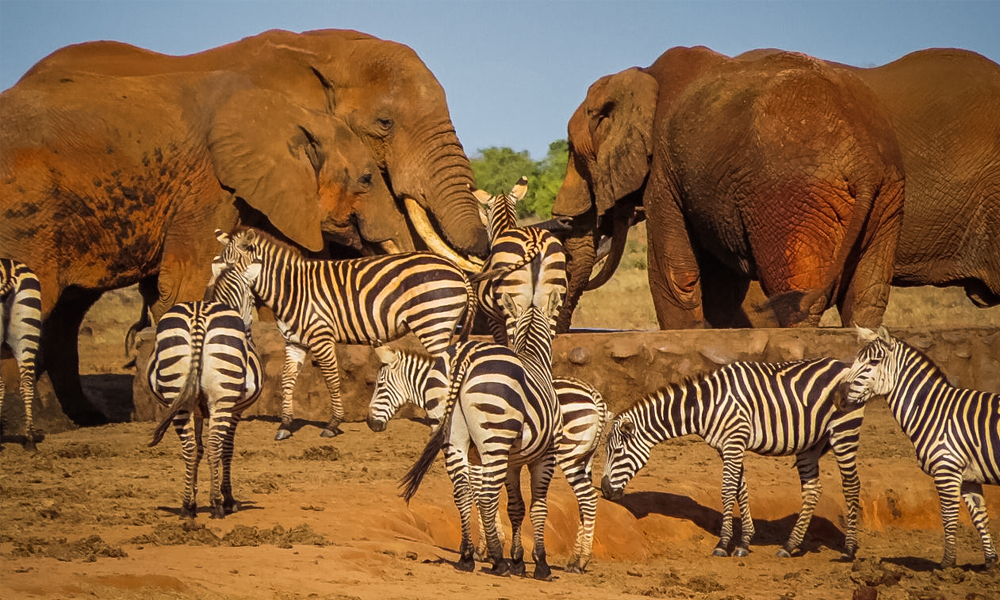
A Beginner’s Guide To Safaris
Most of us have seen epic wildlife documentaries which is where the dream of a safari usually begins! It tends to be high on most people’s bucket list so after we experienced our first one in Kenya, we couldn’t get enough! No matter how many pictures of animals you’ve seen, seeing one out in the wild is truly one of the most memorable experiences.
What to wear
Ideally, the colours you should go for are khaki, olives and brown shades – think camouflage colours. This will help you blend in with your surroundings and not scare the animals off. Not to mention the dust you may get on you during the drive in the jeep!
Don’t I need expensive camera gear?
Eco Tip 12: Try to find an eco lodge that supports local communities and has sustainable systems in place
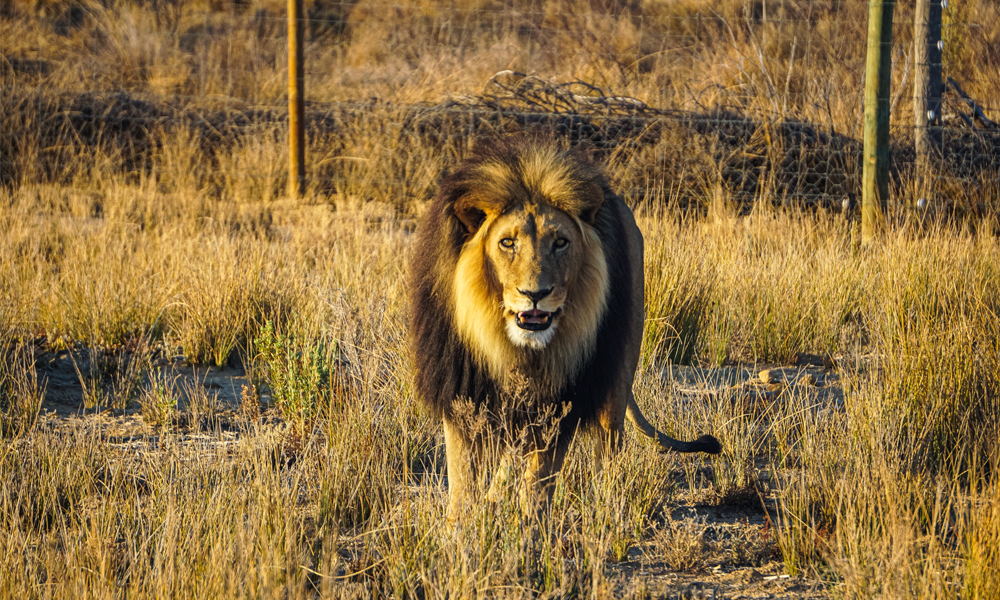
Here are our top 3 safaris for every type of traveller!
Kenya
Tsavo East and Tsavo West
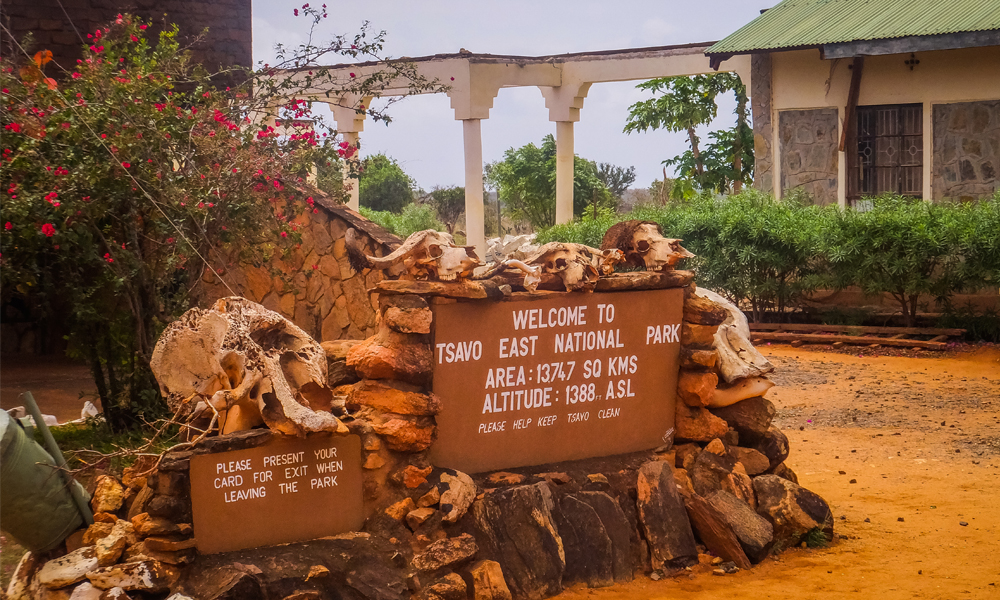
The entrance to the national park
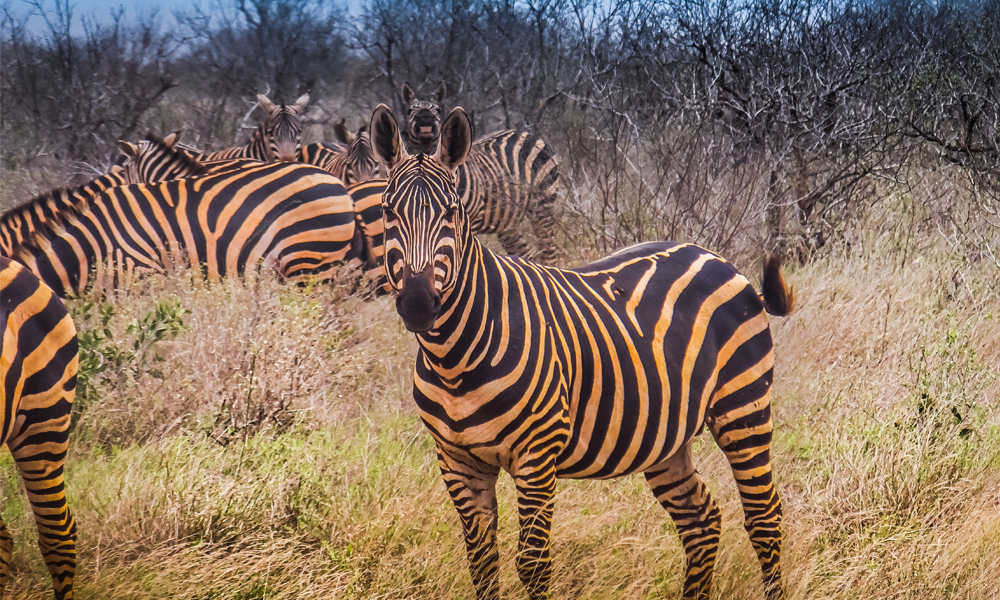
Perfect opportunity for a photobomb!
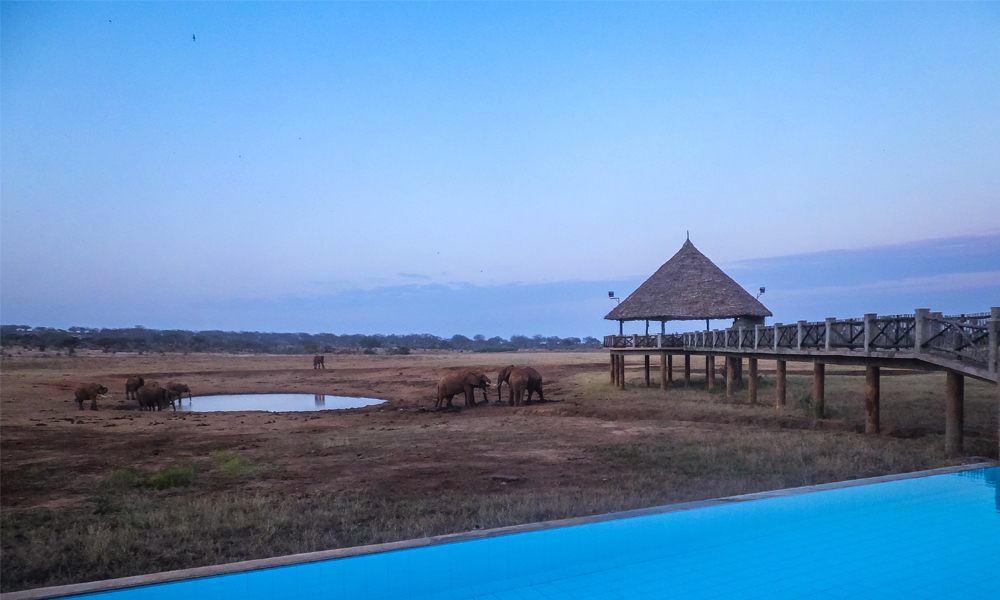
The elephants gather at the watering hole in the early hours
South Africa
Inverdoorn Game Reserve
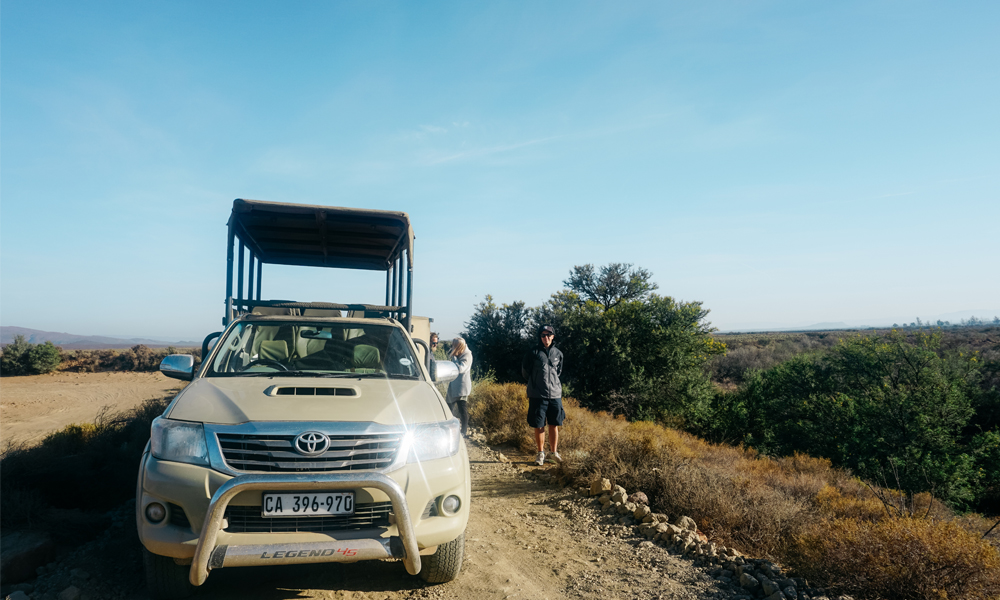
A morning coffee stop with our safari jeep
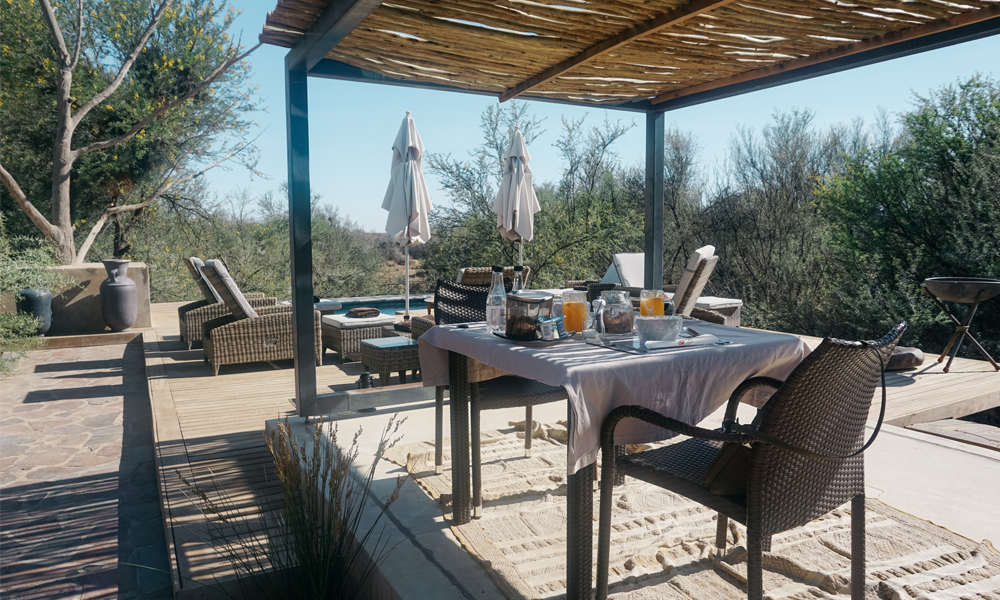
Breakfast time!
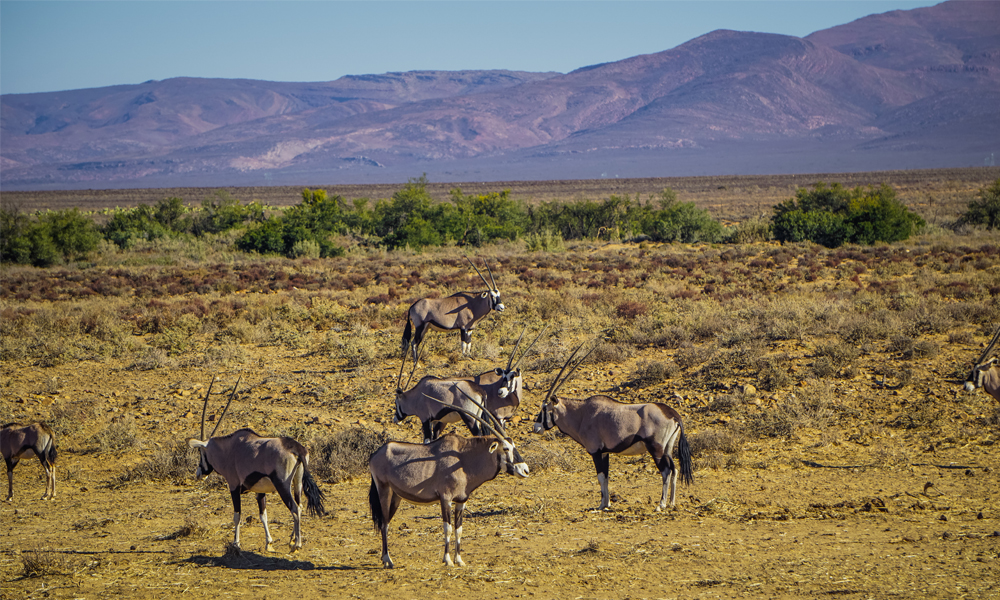
Gemsbok seem to be everywhere here...and in restaurant menus in Cape Town
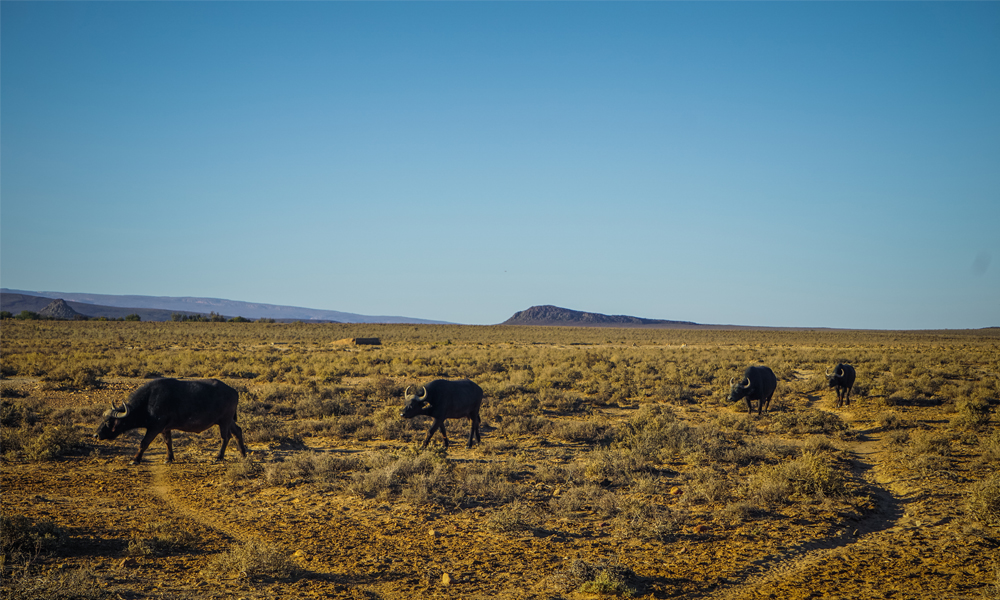
A 5am peaceful stroll along Inverdoorn
Sri Lanka
Udawalewe National Park
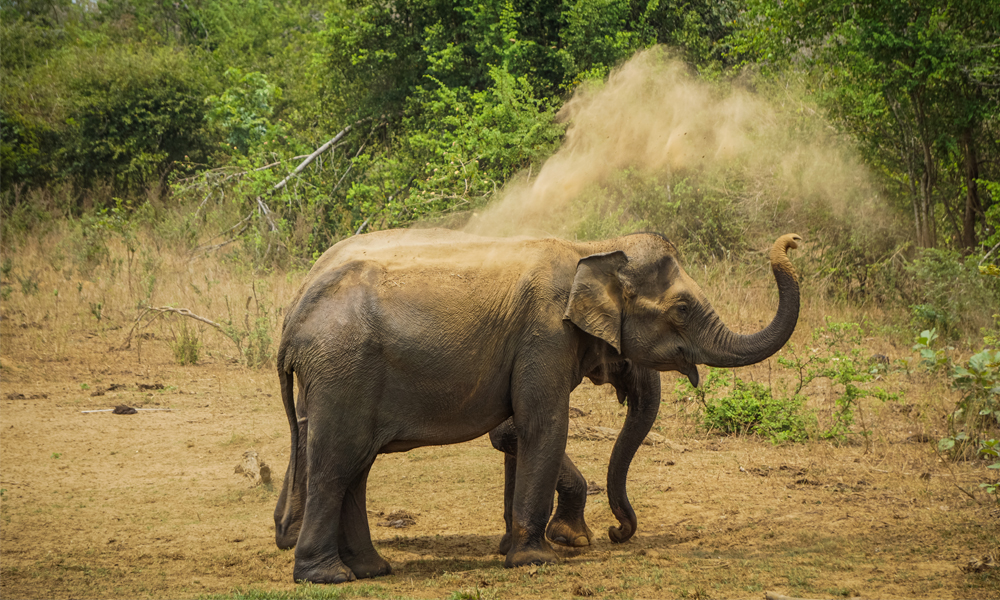
These playful elephants couldn't get enough!
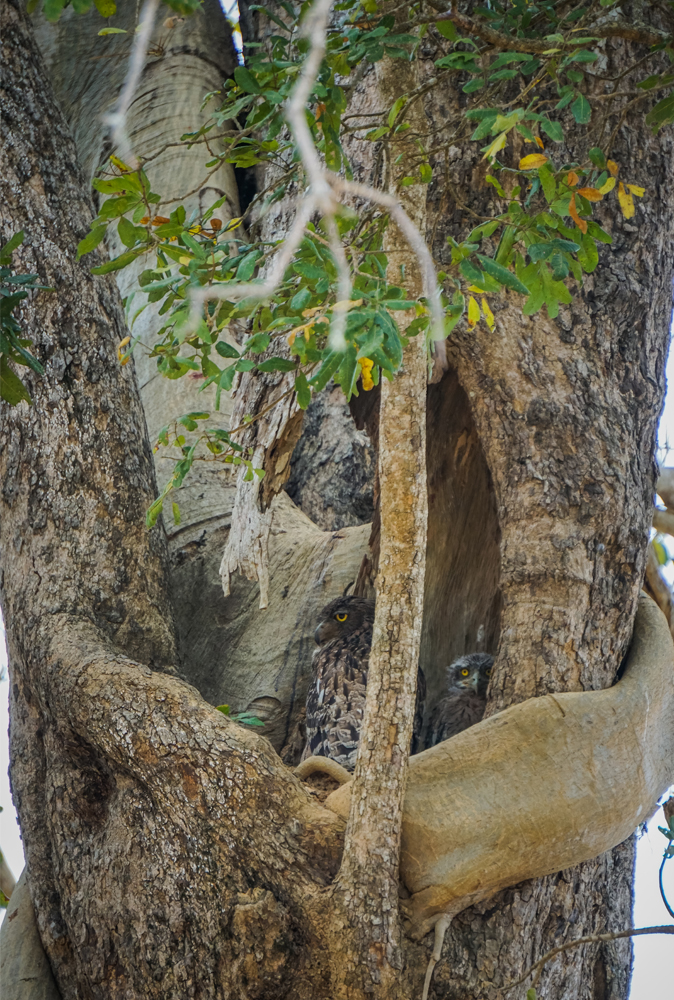
You count, I hide...
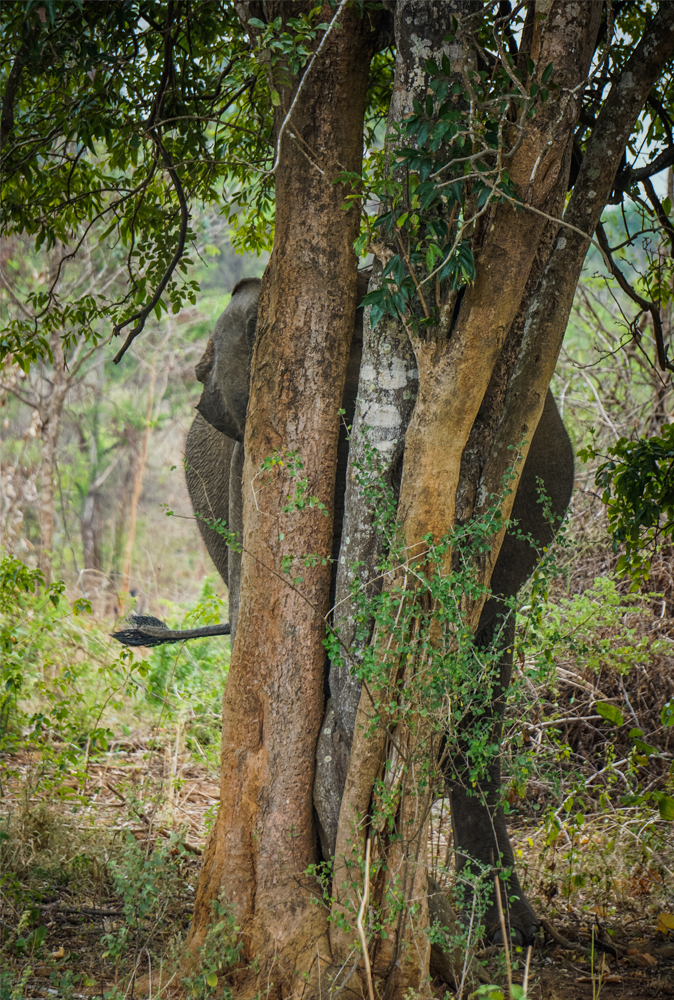
Playing hide and seek seems a common theme in Udawalawe!
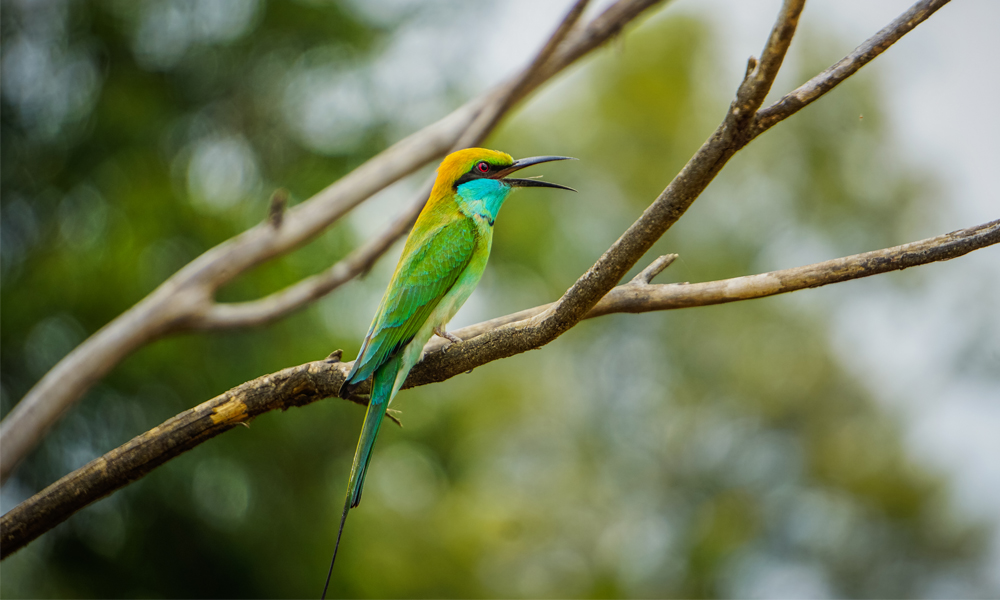
This green bee-eater seemed to be following us around!
Female Safety
Sustainability Check + Giving Back
1. Calculate your carbon footprint using a free online calculator
2. Offset your carbon footprint by visiting an online voluntary market through the purchase of carbon credits. Gold Standard is one of the leading certifiers of carbon credits.




